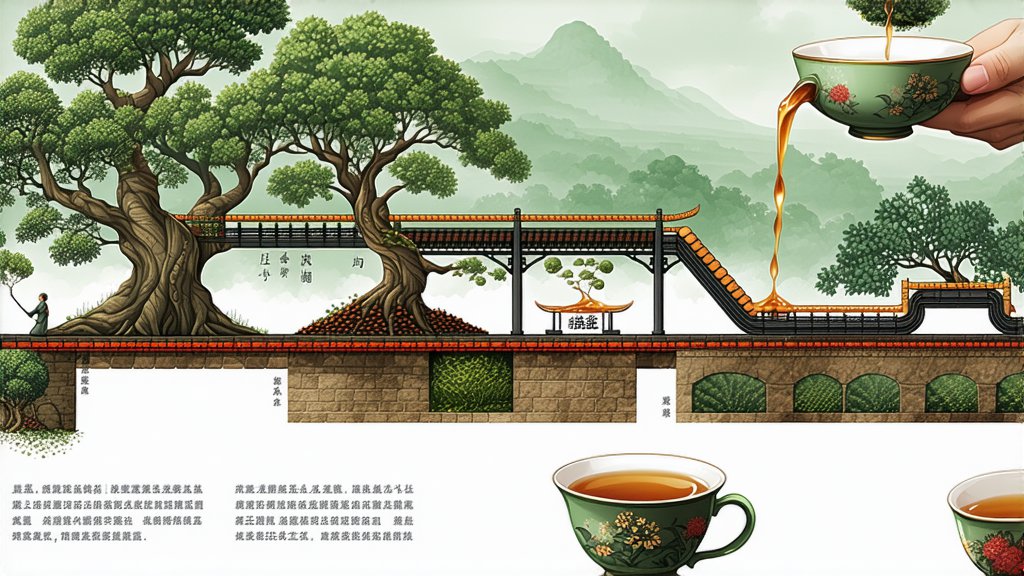
Pu-erh tea, a gem among China’s dark tea varieties, stands as a testament to centuries of tradition, meticulous craftsmanship, and the art of tea appreciation. Originating in the Yunnan Province, this unique tea has captivated the hearts and palates of tea connoisseurs worldwide with its rich history, distinctive processing methods, and unparalleled aging potential. This article delves into the depths of Pu-erh tea, exploring its historical roots, diverse types, intricate production process, and the nuanced art of its tasting.
A Glimpse into History
The story of Pu-erh tea dates back over a thousand years, intertwining with the ancient trade routes that connected China with the rest of the world. It is said that during the Tang Dynasty (618-907 AD), tea from the Pu'er region was already being recognized for its quality. However, it wasn't until the Ming Dynasty (1368-1644) that Pu-erh began to gain prominence due to its unique post-fermentation process, which allowed it to be preserved for long journeys along the Tea Horse Road.
Varieties: A Spectrum of Flavors
Pu-erh tea is broadly categorized into two main types based on processing methods: Raw Pu-erh (Sheng) and Ripe Pu-erh (Shou). Sheng Pu-erh undergoes natural aging, gradually maturing over time, while Shou Pu-erh is subjected to a controlled fermentation process called "wet piling," accelerating its aging and resulting in a more immediate, mellow flavor profile. Each variety offers a distinct sensory experience, with Sheng known for its bright, astringent taste and Shou celebrated for its smooth, earthy depth.
The Art of Crafting Pu-erh
The journey from leaf to cup begins with the careful selection of Camellia sinensis var. assamica, the large-leaf tea plant native to Yunnan. The fresh leaves are first withered under the sun, then fixed by either pan-frying or steaming to halt enzymatic activity. For Sheng Pu-erh, the leaves are rolled, sun-dried, and sorted before being pressed into cakes, bricks, or other shapes for aging. In contrast, the production of Shou Pu-erh involves an additional step of pile fermentation, where the leaves are stacked and left to ferment in a humid environment for several months, promoting microbial activity that transforms the tea's character.
The Ritual of Tasting
To truly appreciate Pu-erh tea, one must engage in the art of Gongfu Cha, a traditional Chinese tea ceremony emphasizing precision, mindfulness, and respect for the tea. Begin by warming the teapot and cups with hot water to enhance the aroma. Next, add a generous amount of Pu-erh leaves, usually around 7-10 grams per 100ml of water. Rinse the leaves briefly with boiling water to awaken their flavors, then discard this initial infusion. Subsequent steepings should be brief at first, gradually increasing as the leaves unfurl and reveal their complexities. Pay attention to the liquor's color, clarity, aroma, and most importantly, the evolving flavors on your palate, from initial bitterness to a lingering sweetness and aftertaste.
Conclusion
Pu-erh tea embodies not just a beverage but a living tradition that bridges past and present, connecting tea lovers across cultures and generations. Its rich history, diverse varieties, intricate production processes, and the meditative practice of tasting offer a profound exploration into the world of tea. As you embark on your own journey with Pu-erh, remember that each cup tells a story—an invitation to slow down, savor the moment, and appreciate the timeless allure of this extraordinary tea.